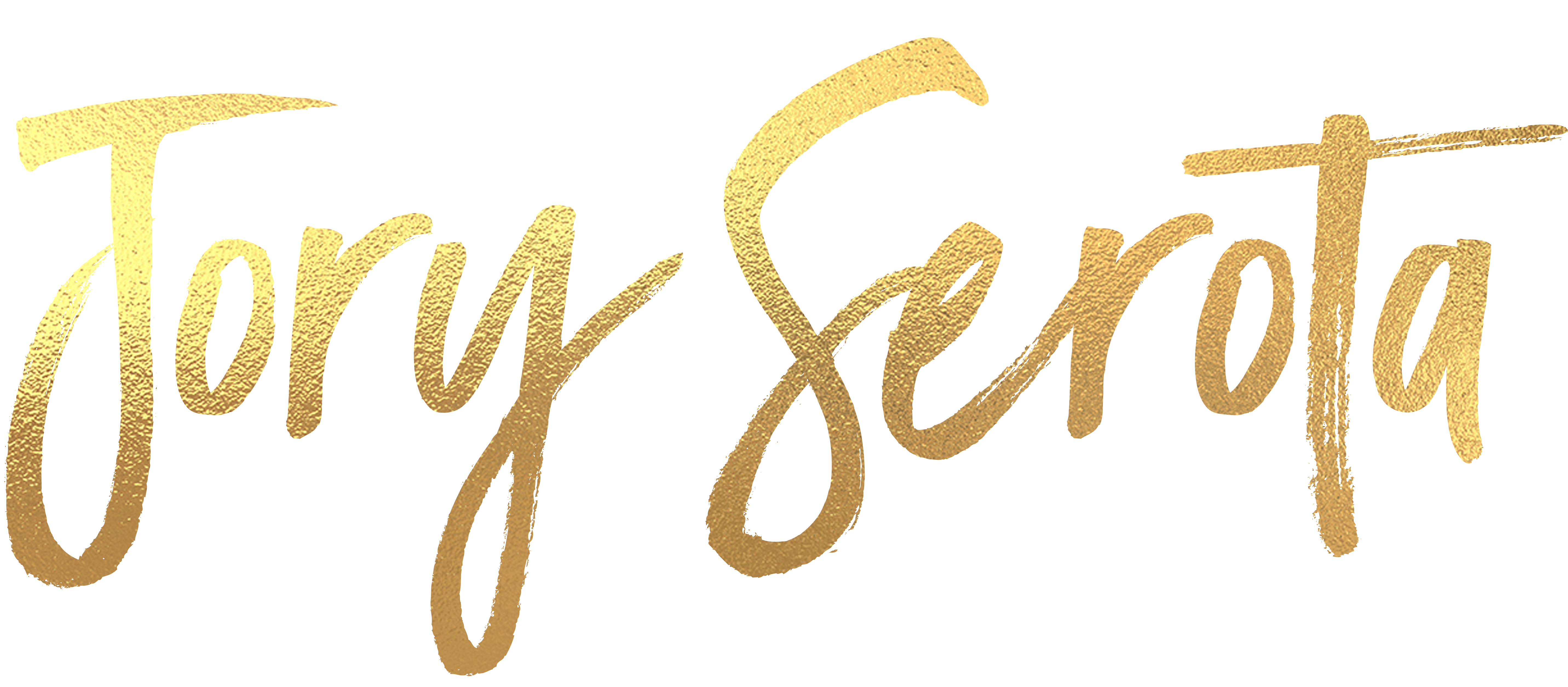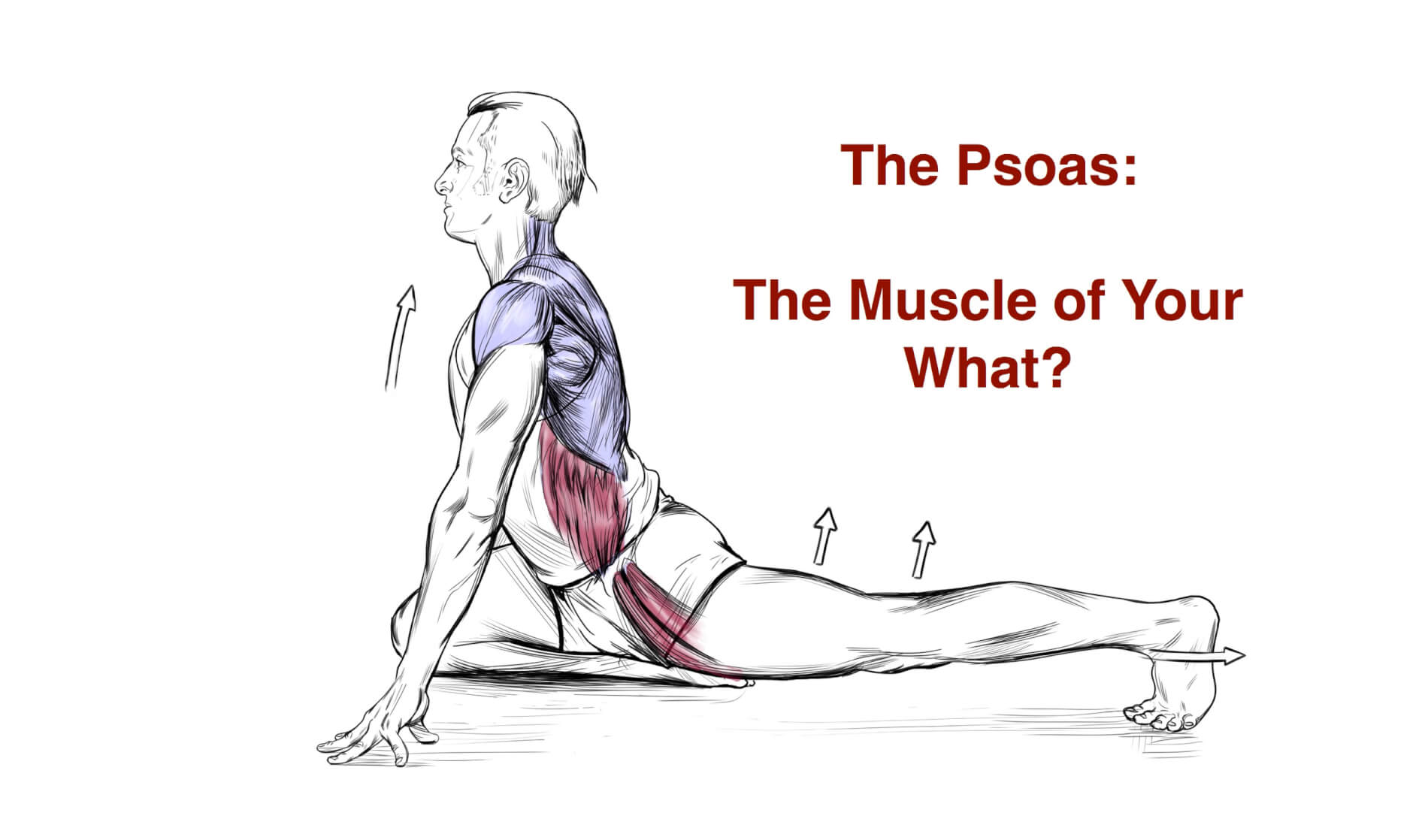For years now I have seen different articles, books and advertisements stating that the psoas is the muscle of your soul. Claims are being made that the psoas is the source of all back and hip pain and releasing it will cure your disc issue and heal your sciatica. To some of these writers, it is also the main storehouse for your emotional issues and since it is where your fear, anxiety and depression reside, all you have to do is lengthen your psoas and distress will magically disappear from the depths of your being. If you are having trouble with your spouse, it’s because you have a tight psoas. If you’re not making enough money, just stretch your psoas and your back account will grow. And if you have gout, just stretch your psoas and you will be healed!
Do not get me wrong. This article is not discrediting the importance of this muscle. It is, however, saying the psoas is not the gateway to your soul and the answer to all your problems.
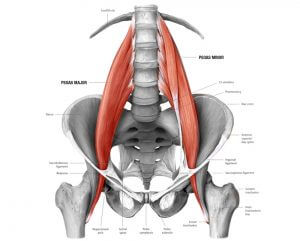 The psoas runs from the T12-L5 transverse processes (the sides of your spine) and inserts onto a small boney protuberance on the femur called the lesser trochanter. First and foremost, due to all its attachments, it is a spinal stabilizer. Should it become weak, other muscles around the spine have to grip to stabilize. For some of them, this is their job, and for others, they are simply just picking up the slack. This is the definition of what we call compensation.
The psoas runs from the T12-L5 transverse processes (the sides of your spine) and inserts onto a small boney protuberance on the femur called the lesser trochanter. First and foremost, due to all its attachments, it is a spinal stabilizer. Should it become weak, other muscles around the spine have to grip to stabilize. For some of them, this is their job, and for others, they are simply just picking up the slack. This is the definition of what we call compensation.
Its second action is that of being a strong hip flexor. It is involved in walking, running, propulsion, lifting your leg in the air and being able to get your knee to your chest.
For someone who has tight hamstrings and stretches them all the time with only marginal results, the psoas may be part of the answer. But, it may not be what you think.
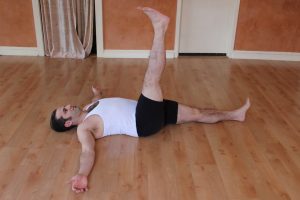 Despite what I have read on many occasions about the psoas being tight, it is actually quite prone to weakness and inhibition. If you want to check for yourself, lie on your back and hold your leg in the air (If you cannot bring your leg near 90°, keep the knee slightly bent and bring it as high as you can). Ideally, you should be able to hold it up there for a minute or longer without strain. If you find that this very difficult, there is chance you don’t need to stretch your psoas, you need to strengthen it. And since the psoas and the hamstrings do opposing actions (the psoas flexes the hip and hamstrings extend it), why would your hamstrings ever want to release if the psoas is not going to do its job in relation to them.
Despite what I have read on many occasions about the psoas being tight, it is actually quite prone to weakness and inhibition. If you want to check for yourself, lie on your back and hold your leg in the air (If you cannot bring your leg near 90°, keep the knee slightly bent and bring it as high as you can). Ideally, you should be able to hold it up there for a minute or longer without strain. If you find that this very difficult, there is chance you don’t need to stretch your psoas, you need to strengthen it. And since the psoas and the hamstrings do opposing actions (the psoas flexes the hip and hamstrings extend it), why would your hamstrings ever want to release if the psoas is not going to do its job in relation to them.
Studies have shown that after a muscle is stretched, it becomes neurologically less active for a short period of time. If you have back pain and part of the cause is a weak psoas, do you really think that stretching it will make it better? The evidence strongly suggests otherwise.
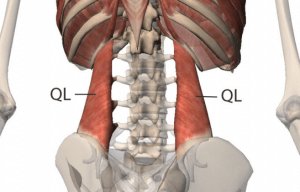 The psoas, just like any other muscle in the body, can become neurologically underactive for a variety of reasons. One of these reasons can be an overly tight Quadratus Lumborum, a back muscle that also has attachments on the transverse processes of the spine. When the QL becomes excessively hypertonic, it has a tendency to shut the psoas down and create a dysfunctional relationship between the two muscles. Correcting this can be a vital part of healing your back pain.
The psoas, just like any other muscle in the body, can become neurologically underactive for a variety of reasons. One of these reasons can be an overly tight Quadratus Lumborum, a back muscle that also has attachments on the transverse processes of the spine. When the QL becomes excessively hypertonic, it has a tendency to shut the psoas down and create a dysfunctional relationship between the two muscles. Correcting this can be a vital part of healing your back pain.
Our minds and our bodies are connected. There are very few people out there that will refute that. When we are able bring intelligence and life force to an area that the consciousness previously did not penetrate, we increase the quality of our lives, both in terms of mobility and mental health. To state, however, that one muscle, particularly the psoas, is the kingpin of our emotional distress and physical suffering is simply not true. And then to say that stretching it is eternally the path to making it healthy and functional is simply uneducated.
The body is complex and demands that we pay attention to it. If you are confused about what you need, get yourself assessed by a professional. Find someone good that you resonate with and they will be able to put you on the path of healing.
